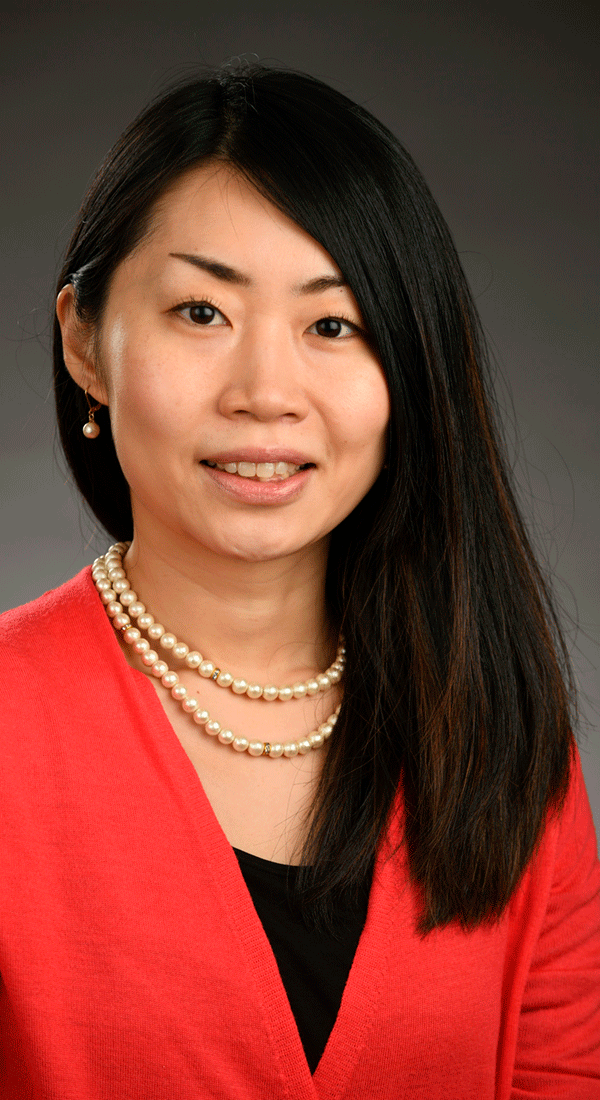Japanese art during the Second World War: A Global Perspective

Inaugural Lecture, Novo Nordisk Foundation Visiting Professor in Art & Art History, Asato Ikeda.
The Second World War has been a susceptible topic in Asia. In Japan, views on the war are widely divergent. The Left seeks to interrogate the country’s violence toward Asia, while the Right, which has dominated postwar government, tends to reiterate the positive effects of colonialism, deny that Asian people suffered under Japan’s control, and justify Japan’s role in the war on the grounds both that it was inevitable in the face of Western colonialism and that its purpose was to free Asians from Western exploitation.
Since the death of Emperor Hirohito in 1989 and the fiftieth anniversary of the end of the conflict in 1995, however, scholars have begun investigating Japanese war art in a critical light, which resulted in the production of books and exhibitions on the topic.
In this talk, Ikeda will show that both overtly militaristic art – such as images of battles and soldiers – and non-militaristic art, such as images of beautiful women and landscapes, contributed to the war effort. She will also argue that although Japanese war art is often discussed within a state-based or empire-based model of analysis, it must be examined in a global scope, considering its relationship with Europe and the Americas and attending to cultural diplomacy and diasporic communities.
About Asato Ikeda
 Asato Ikeda is an Associate Professor of Art History at Fordham University, New York and the Novo Nordisk Foundation Visiting Professor in Art & Art History at the Department of Arts and Cultural Studies, University of Copenhagen 2023-2024. She is the author of The Politics of Painting: Fascism and Japanese Art during the Second World War (Honolulu: University of Hawai’i Press, 2018), curator of A Third Gender: Beautiful Youths in Japanese Prints (The Royal Ontario Museum, 2016; Japan Society, 2017), and co-editor of Art and War in Japan and its Empire: 1931-1960 (Leiden, Brill, 2012). Her second book manuscript, Japan in Canadian History: The Art of Visual Culture and Transpacific Crossings, is currently under review by a university press.
Asato Ikeda is an Associate Professor of Art History at Fordham University, New York and the Novo Nordisk Foundation Visiting Professor in Art & Art History at the Department of Arts and Cultural Studies, University of Copenhagen 2023-2024. She is the author of The Politics of Painting: Fascism and Japanese Art during the Second World War (Honolulu: University of Hawai’i Press, 2018), curator of A Third Gender: Beautiful Youths in Japanese Prints (The Royal Ontario Museum, 2016; Japan Society, 2017), and co-editor of Art and War in Japan and its Empire: 1931-1960 (Leiden, Brill, 2012). Her second book manuscript, Japan in Canadian History: The Art of Visual Culture and Transpacific Crossings, is currently under review by a university press.
Map of South Campus
View directions.
View on map of the Faculty of Humanities - South Campus.
View map of South Campus (pdf).
